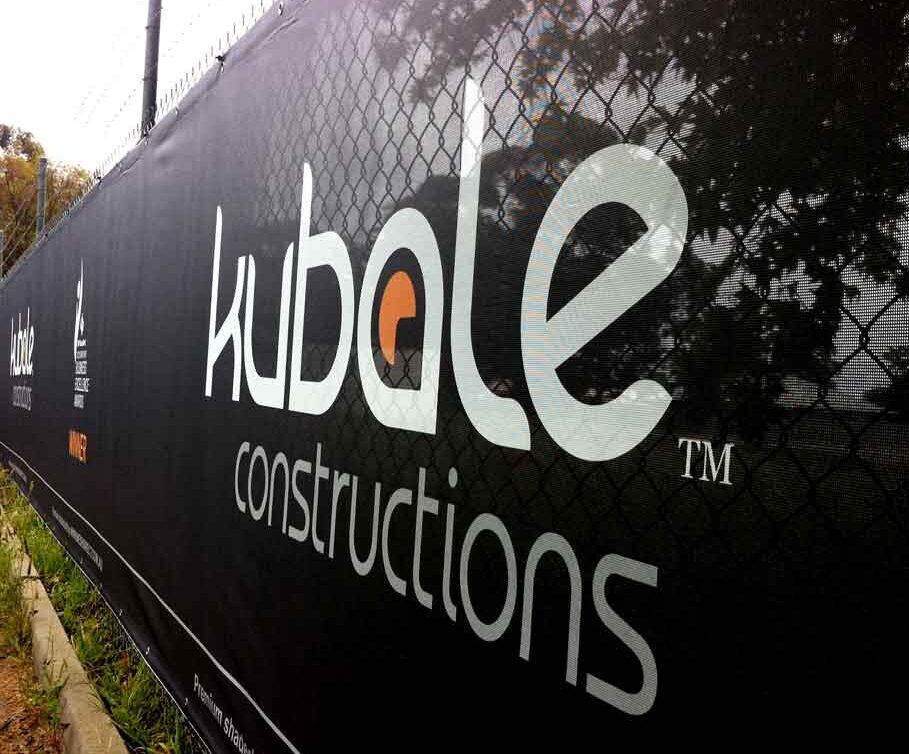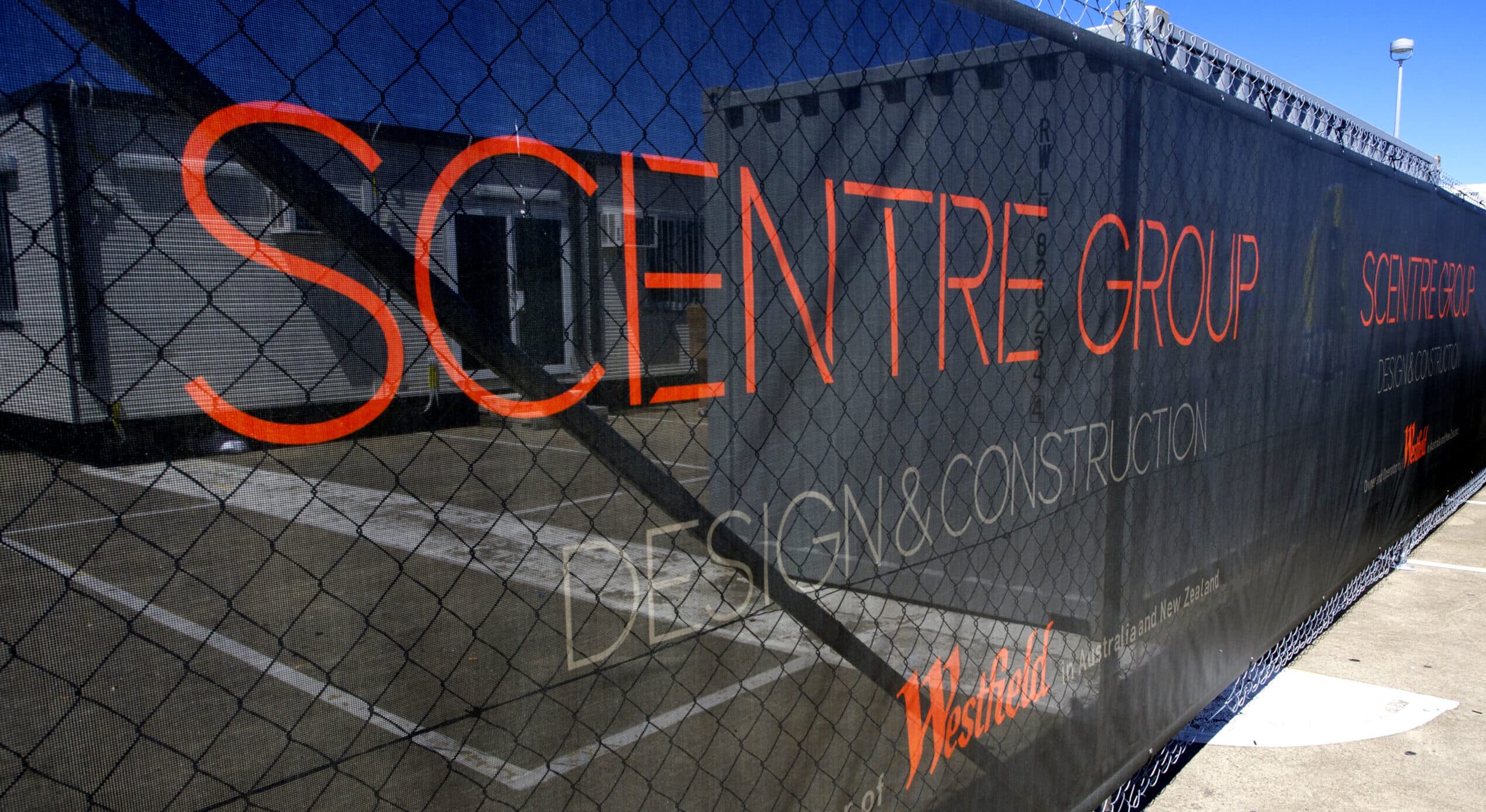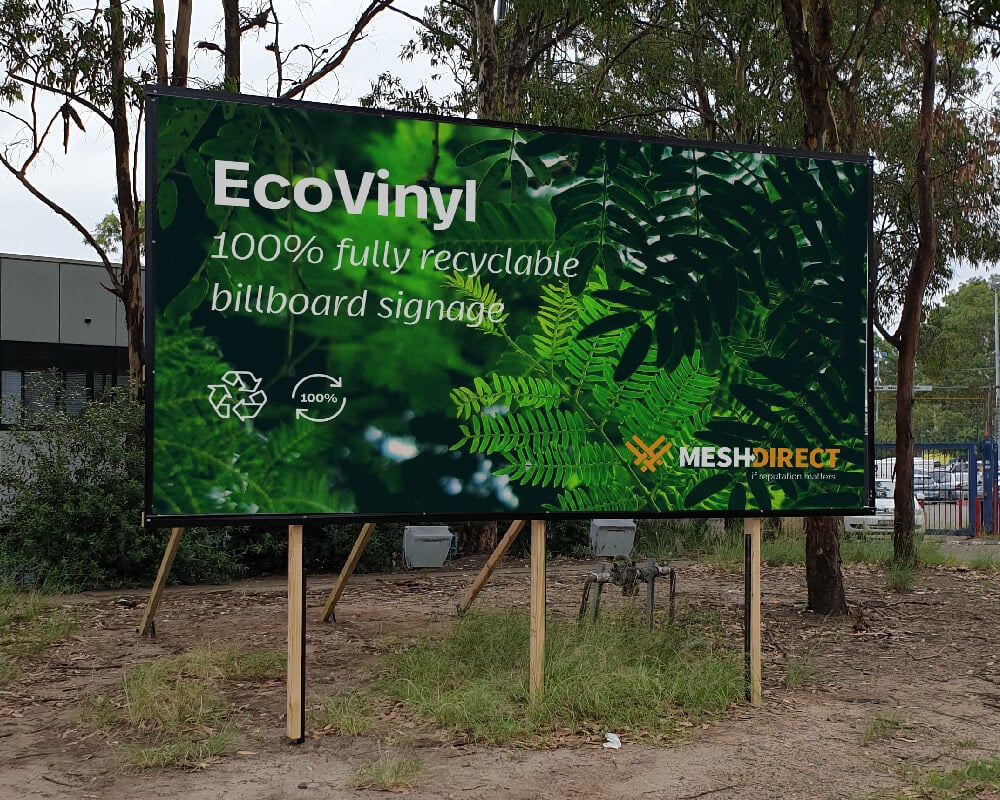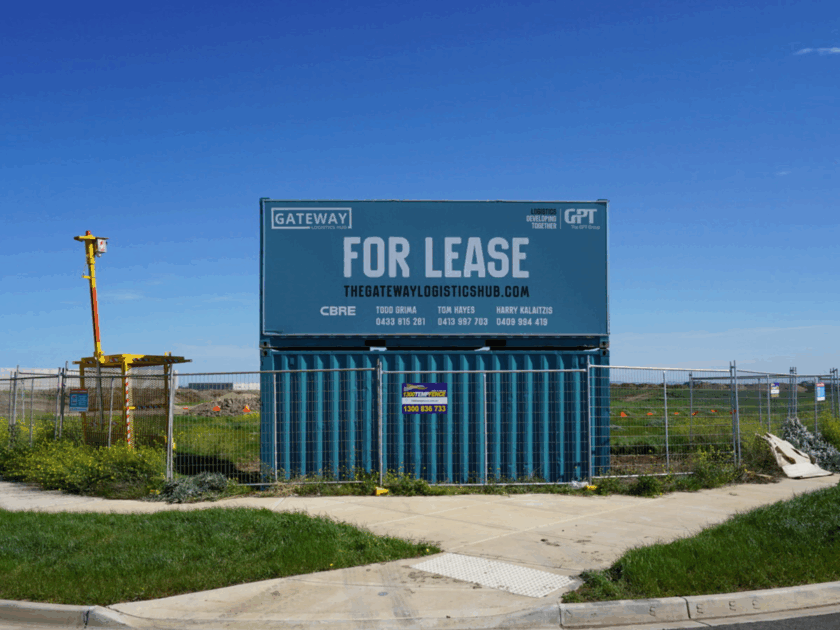The Importance of Site Safety Signage on Construction Sites
 10 September 2020
10 September 2020 4 mins read
4 mins read
Construction sites account for a significant portion of workplace injuries, classifying construction as one of the most accident-prone sectors of the private industry. This comes as no surprise! Working on a construction site comes hand-in-hand with handling dangerous machinery and products, operating at heights, and being surrounded by lots of moving parts. Falls, struck-by-object, electrocution, vehicle collisions and caught-in-between accidents accordingly make up the majority of fatal events. Construction site safety signage, therefore, is designed to primarily address these ‘fatal five,’ making it an essential element in the safety and wellbeing of employees. Not only is it a kind of moral ‘best practice, but’ it’s also obligatory in Australia: construction sites are subject to strict rules and regulations when it comes to signage.
The Australian Work Health and Safety Strategy 2012–2022 aims to reduce the extent of serious injury by at least 30% and the number of work-related fatalities due to injury by at least 20% by 2022. Due to its high volume of work-related accidents, the construction industry is a crucial element in the Strategy, which will focus heavily on this sector in order to meet these targets.
Why is Construction Site Signage so Important?
Get Your Project Off the Ground
Construction site safety signs are an integral part of the process of getting your project approved and moving. The design of safety solutions is a critical element in the early consultations between the person commissioning the project, the designer and the principal contractor. Once the project is underway, the principal contractor becomes legally responsible for the on-site signage.
Preventing Injuries and Fatalities
It’s true that signage is no substitute for well-trained staff. It’s also true that well-trained staff know what signs to follow, when and where!
Certain construction site safety signs act as simple reminders of essential precautions to take, of dangers that can be expected, of obligations and prohibitions. Others provide vital information regarding emergency exits, fire extinguishers, and first aid kits, amongst other things. Either way, they clearly help keep staff and visitors alike aware and informed, so that everyone can perform to the best of their ability, and the project can progress smoothly.
Types of Construction Site Signage
Obligations
These signs describe actions which must take place in specific areas of your site. They are usually blue on a white background.
Typical obligation signs include:
- mandatory headgear
- mandatory high-visibility vest
- mandatory hearing protection
- mandatory eye protection
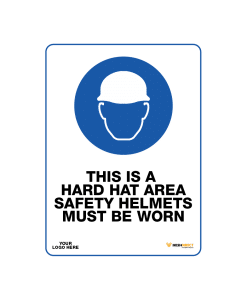
Prohibitions
Prohibition signs describe actions that must not take place in specific areas of the site, or on the site as a whole. These signs translate as ‘do not’ or ‘stop if you are’ and are usually red against a white background.
Prohibition signage usually includes:
- no entry
- no smoking
- no cameras
- do not touch
- no mobile phones
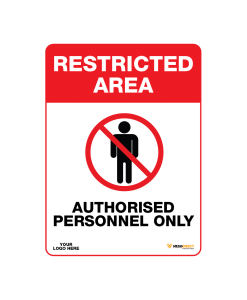
Warning/Caution
Warning or caution signs are yellow and black and refer to non-life-threatening risks. These hazards could result in minor to moderate injuries if not avoided.
Warning signs include:
- uneven surfaces
- high voltage
- hot surfaces
- vehicles operating in this area
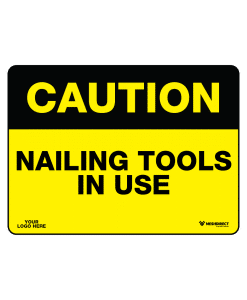
Danger
These signs are red, black and white and warn of significant hazards which are likely to be life-threatening or lead to serious injury. They usually have space for additional wording and are specific to the risk in question, for maximum clarity and safety.
Some typical danger signs include:
- confined spaces
- flammable materials
- high voltage
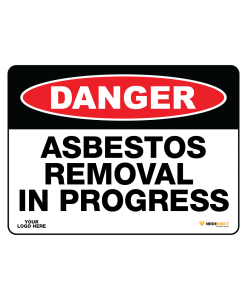
Safety Instructions
These green and white signs provide safety-related instructions or procedures that maximise protection around the site. They might be related to emergency exits or first aid kits, instructions in case of emergency or injury, or procedures for handling materials and machinery, amongst other things.
View our full range of safety signs here or contact us if you have any questions.
We are always working on exciting projects, keep up to date with our most recent projects and signage offerings on LinkedIn.
